Treatment outcomes following continuous miglustat therapy in
Por um escritor misterioso
Last updated 16 maio 2024
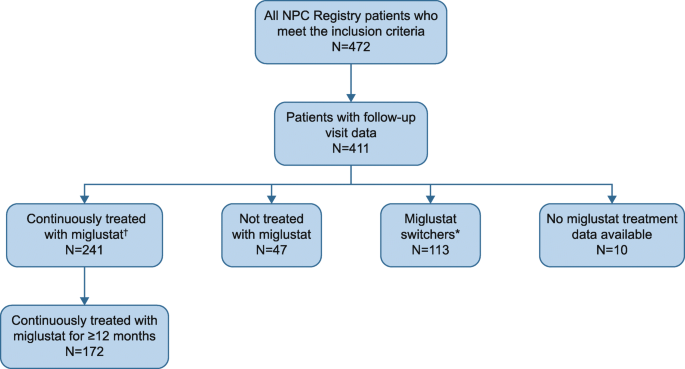
Background Niemann-Pick disease Type C (NP-C) is a rare, progressive neurodegenerative disorder characterized by progressive neurodegeneration and premature death. We report data at closure of the NPC Registry that describes the natural history, disease course and treatment experience of NP-C patients in a real-world setting. Methods The NPC Registry was a prospective observational cohort study that ran between September 2009 and October 2017. Patients with a confirmed diagnosis of NP-C were enrolled regardless of treatment status. All patients underwent clinical assessments and medical care as determined by their physicians; data were collected through a secure internet-based portal. Results At closure on October 19, 2017, 472 patients from 22 countries were enrolled in the NPC Registry. Mean (standard deviation) age at enrollment was 21.2 (15.0) years, and 51.9% of patients were male. First neurological symptom onset occurred during the early-infantile (< 2 years), late-infantile (2 to < 6 years), juvenile (6 to < 15 years), or adolescent/adult (≥ 15 years) periods in 13.5, 25.6, 31.8, and 29.1% of cases, respectively. The most frequent neurological manifestations prior to enrollment included ataxia (67.9%), vertical supranuclear gaze palsy (67.4%), dysarthria (64.7%), cognitive impairment (62.7%), dysphagia (49.1%), and dystonia (40.2%). During infancy, splenomegaly and hepatomegaly were frequent (n = 199/398 [50%] and n = 147/397 [37.0%], respectively) and persisted in most affected patients. Of the 472 enrolled patients, 241 were continuously treated with miglustat during the NPC Registry observation period, of whom 172 of these 241 patients were treated continuously for ≥12 months. A composite disability score that assesses impairment of ambulation, manipulation, language, and swallowing was highest in the early-infantile population and lowest in the adolescent/adult population. Among the continuous miglustat therapy population, 70.5% of patients had improved or had stable disease (at least 3 of the 4 domains having a decreased or unchanged score between enrollment and last follow-up). The NPC Registry did not identify any new safety signals associated with miglustat therapy. Conclusions The profiles of clinical manifestations in the final NPC Registry dataset agreed with previous clinical descriptions. Miglustat therapy was associated with a stabilization of neurological manifestations in most patients. The safety and tolerability of miglustat therapy was consistent with previous reports.
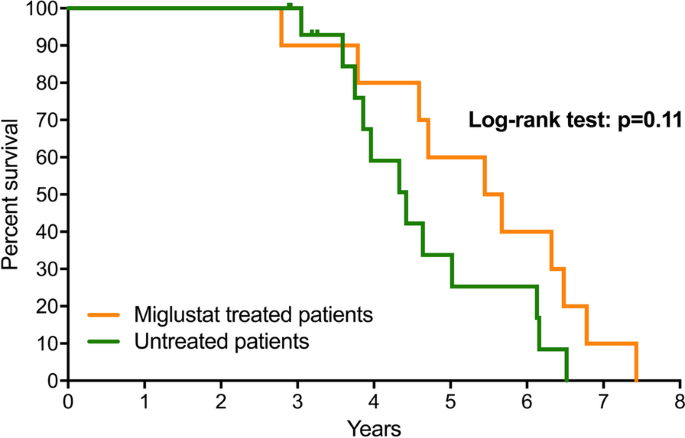
Effects of miglustat therapy on neurological disorder and survival
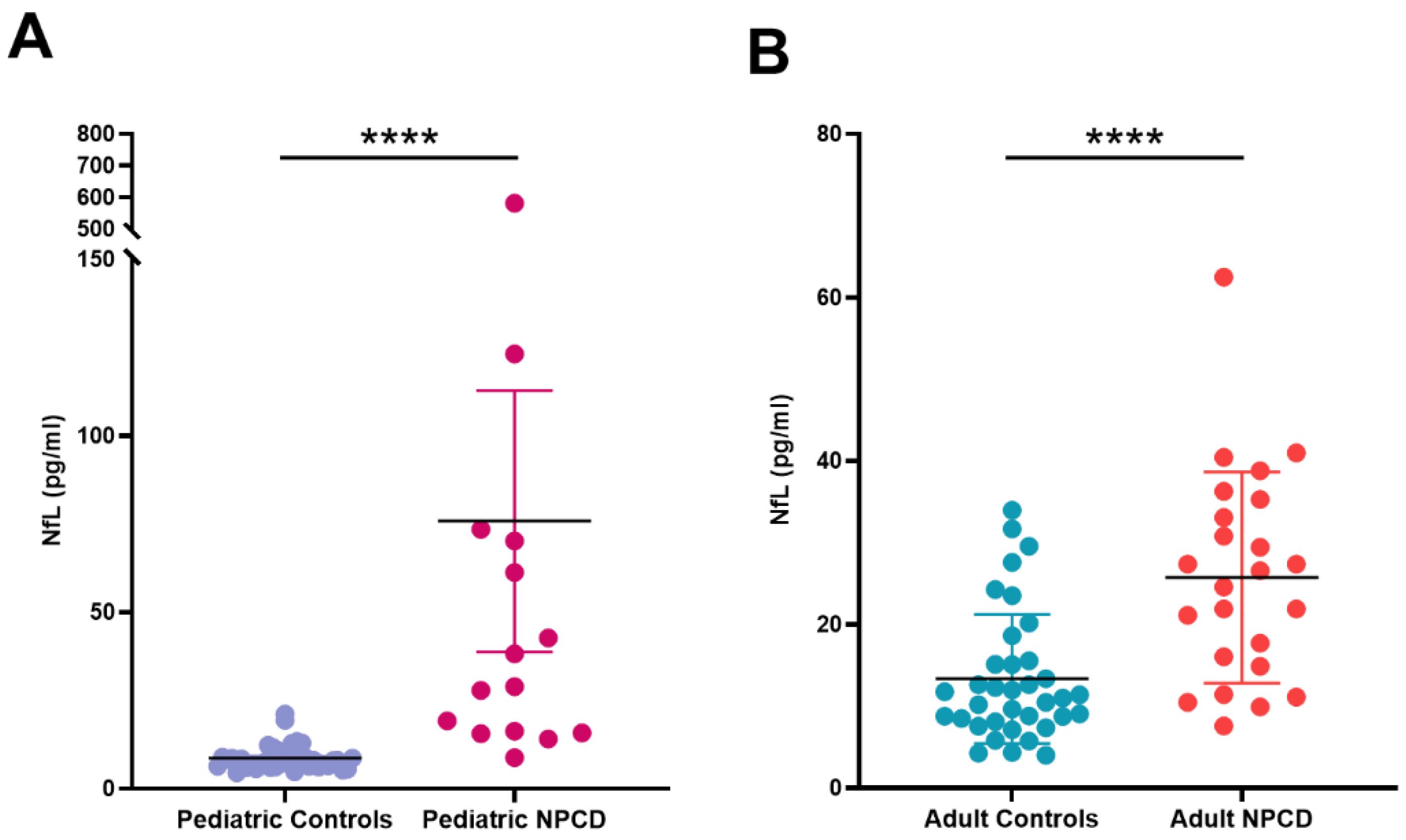
JCM, Free Full-Text

Increasing Enzyme Mannose-6-Phosphate Levels but Not Miglustat

Recommendations for oral treatment for adult patients with type 1

Small Molecules: Substrate Inhibitors, Chaperones, Stop-Codon Read
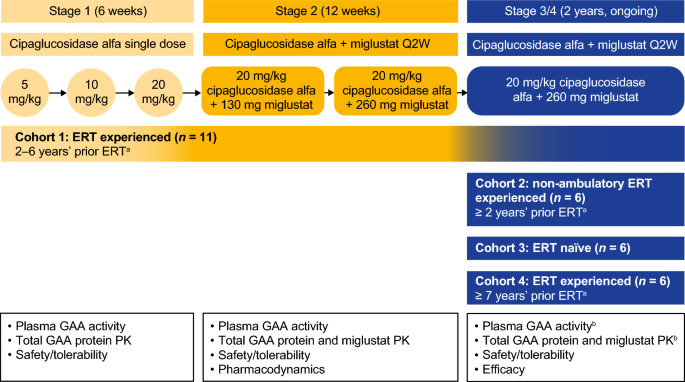
Long-term safety and efficacy of cipaglucosidase alfa plus

Estimating the prevalence of Niemann-Pick disease type C (NPC) in

PDF] Miglustat for treatment of Niemann-Pick C disease: a

Full article: New therapies in the management of Niemann-Pick type
Recomendado para você
-
 Parents of twins with Niemann-Pick find a treatment16 maio 2024
Parents of twins with Niemann-Pick find a treatment16 maio 2024 -
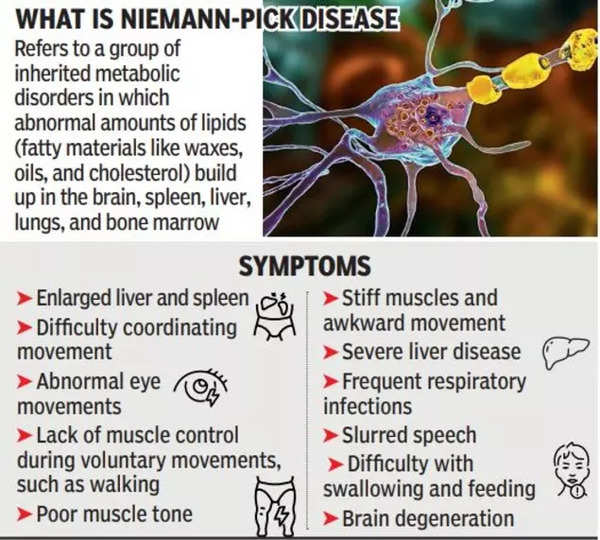 List Niemann-Pick as rare disease, parents of young patients urge16 maio 2024
List Niemann-Pick as rare disease, parents of young patients urge16 maio 2024 -
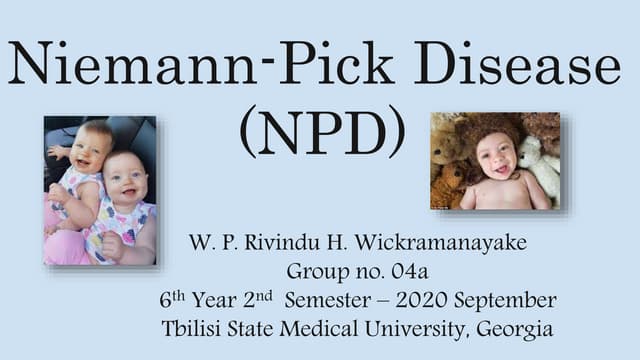 Niemann Pick Disease - Rivin16 maio 2024
Niemann Pick Disease - Rivin16 maio 2024 -
 Niemann Pick disease16 maio 2024
Niemann Pick disease16 maio 2024 -
 Niemann-Pick disease: Darlington man's charity walk plan raises16 maio 2024
Niemann-Pick disease: Darlington man's charity walk plan raises16 maio 2024 -
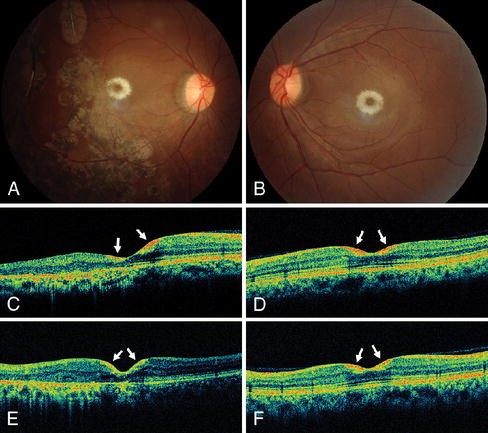 Diagnostic and predictive methods for a Niemann-Pick disease type16 maio 2024
Diagnostic and predictive methods for a Niemann-Pick disease type16 maio 2024 -
 High Yielding Shorts-111 (#HYS-111):Niemann-Pick Disease Dr Devesh16 maio 2024
High Yielding Shorts-111 (#HYS-111):Niemann-Pick Disease Dr Devesh16 maio 2024 -
 Hepatocellular carcinoma as a complication of Niemann‐Pick disease16 maio 2024
Hepatocellular carcinoma as a complication of Niemann‐Pick disease16 maio 2024 -
 Critical role for glycosphingolipids in Niemann-Pick disease type16 maio 2024
Critical role for glycosphingolipids in Niemann-Pick disease type16 maio 2024 -
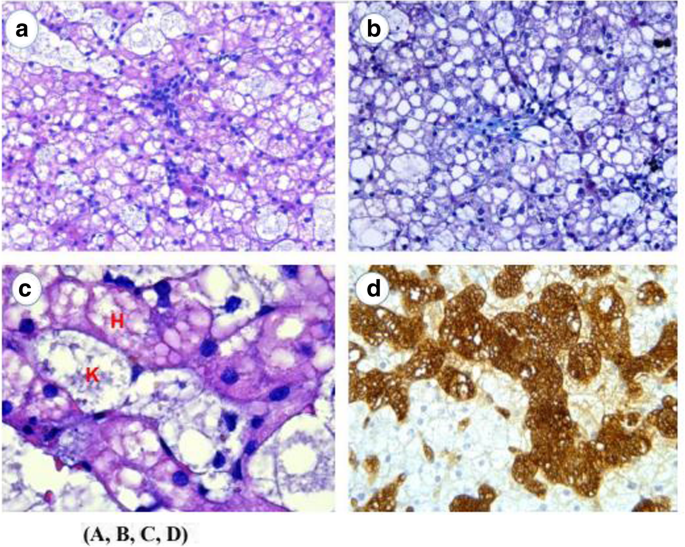 Niemann-Pick disease type-B: a unique case report with compound16 maio 2024
Niemann-Pick disease type-B: a unique case report with compound16 maio 2024
você pode gostar
-
 Sonic The Hedgehog 3-Inch Action Figure - Black & White Tails16 maio 2024
Sonic The Hedgehog 3-Inch Action Figure - Black & White Tails16 maio 2024 -
 Roblox logo16 maio 2024
Roblox logo16 maio 2024 -
 Mr Robot Fan Art - Elliot by FeelinStrangelyFine on DeviantArt16 maio 2024
Mr Robot Fan Art - Elliot by FeelinStrangelyFine on DeviantArt16 maio 2024 -
 Laura B on X: :) / X16 maio 2024
Laura B on X: :) / X16 maio 2024 -
 Esteira de dormir de verão Esteira de vime com fronha 1,8 m Tapete de dormitório estudantil dobrável Armazenamento conveniente que não ocupa Se Assentos de vime podem ser dobrados no chão da16 maio 2024
Esteira de dormir de verão Esteira de vime com fronha 1,8 m Tapete de dormitório estudantil dobrável Armazenamento conveniente que não ocupa Se Assentos de vime podem ser dobrados no chão da16 maio 2024 -
 Desenho De Ferramenta De Medico, HD Png Download - kindpng16 maio 2024
Desenho De Ferramenta De Medico, HD Png Download - kindpng16 maio 2024 -
Nerd Descolado - OVERHIT: Novo RPG de Turno da NEXON está16 maio 2024
-
 The show is over for Chuck E. Cheese's animatronic bands – NBC 5 Dallas-Fort Worth16 maio 2024
The show is over for Chuck E. Cheese's animatronic bands – NBC 5 Dallas-Fort Worth16 maio 2024 -
 SECRET* Promo Code Gives FREE ROBUX! (Roblox November 2023)16 maio 2024
SECRET* Promo Code Gives FREE ROBUX! (Roblox November 2023)16 maio 2024 -
 Tensei shitara Slime datta ken 1 temporada dublado16 maio 2024
Tensei shitara Slime datta ken 1 temporada dublado16 maio 2024
